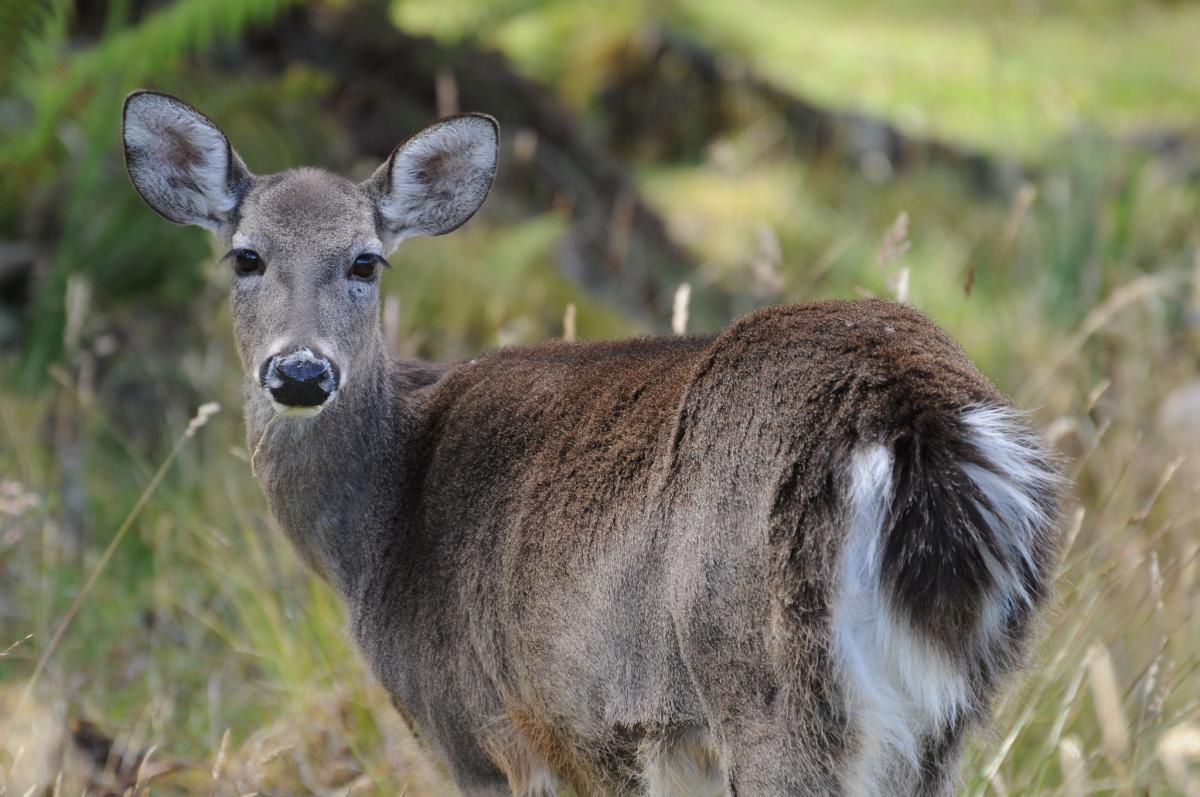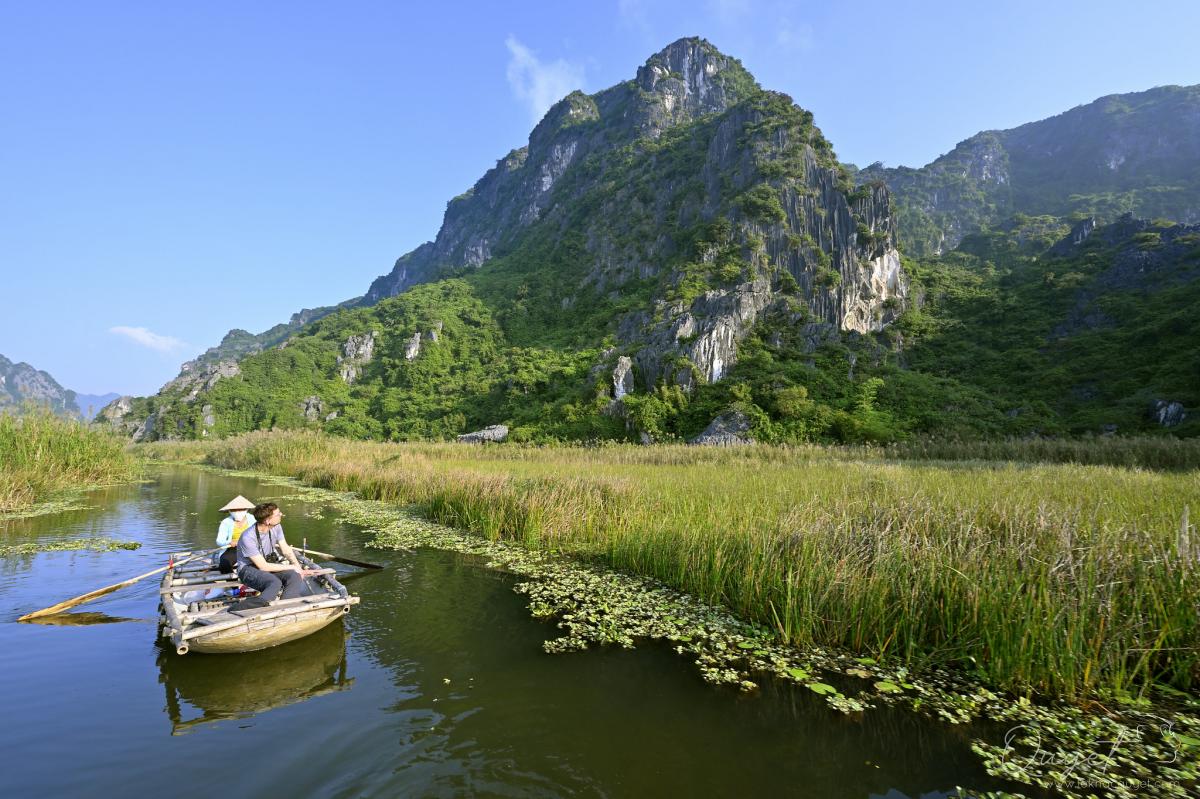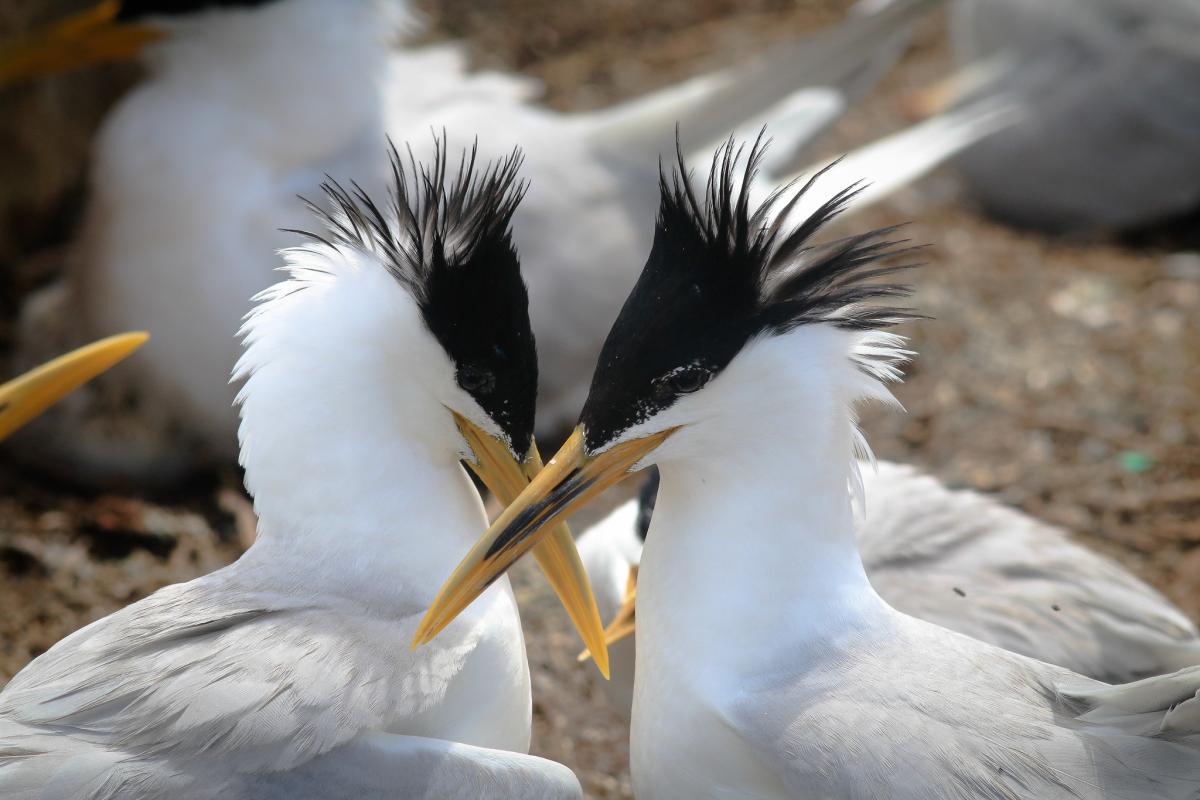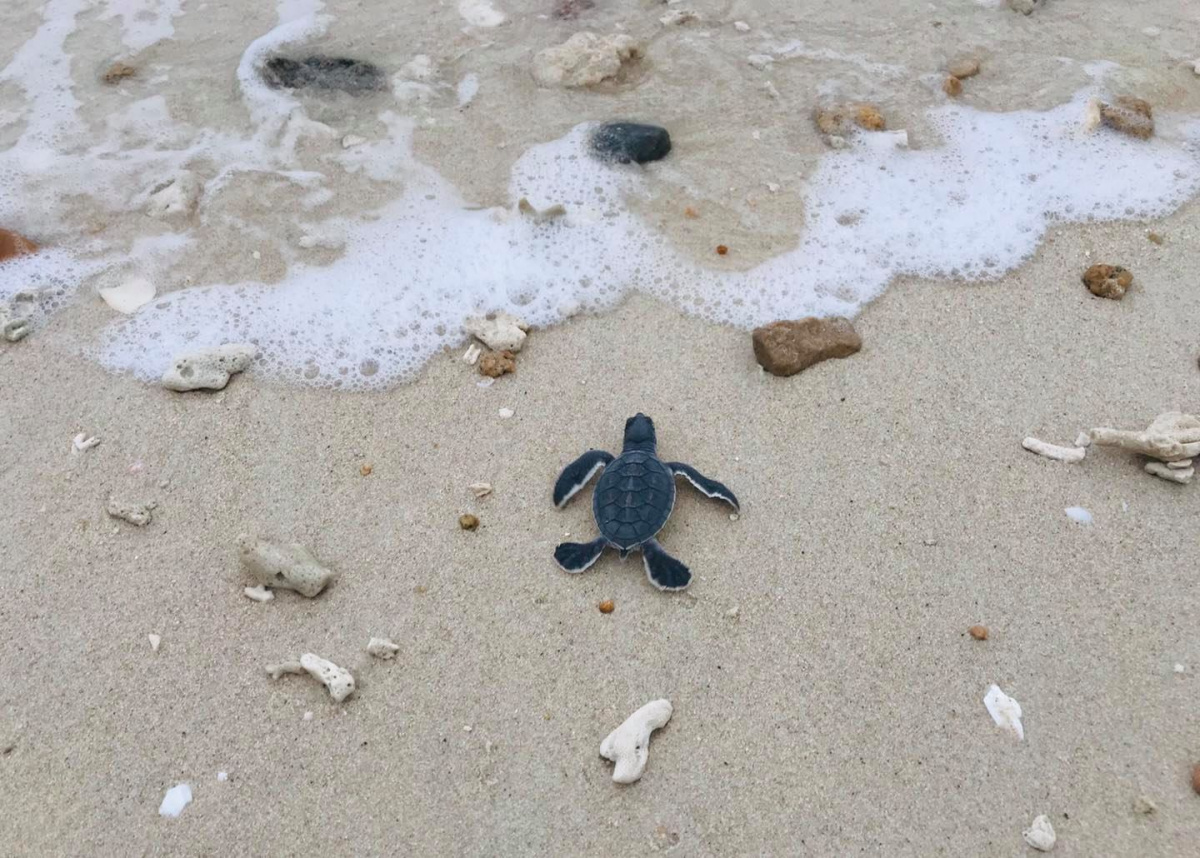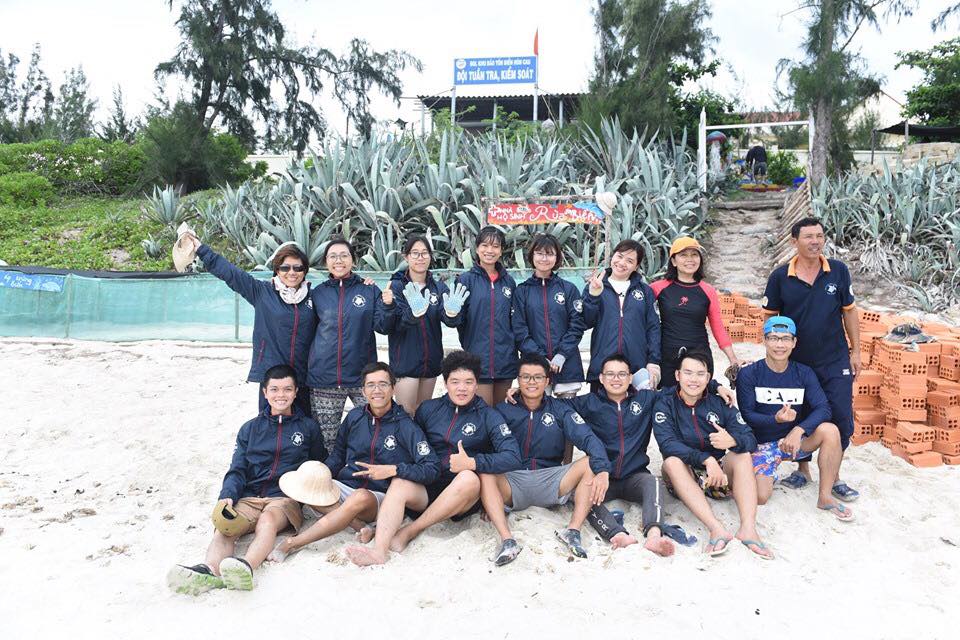Protected areas in Colombia, Vietnam and French Guiana enter IUCN Green List of best-managed sites on the planet
Gland, Switzerland, 30 September 2020 (IUCN) – The International Union for Conservation of Nature (IUCN) has admitted Colombia’s Chingaza National Natural Park, Vietnam’s Van Long Nature Reserve, and French Guiana’s Ile Du Grand-Connétable National Nature Reserve to the IUCN Green List of Protected and Conserved Areas – the first global standard to recognise best practice in protected areas. Two protected areas in China – Mount Huangshan and Wudalianchi Geological Park – also successfully renewed their IUCN Green List status, first achieved at the IUCN World Parks Congress 2014 in Sydney.
The IUCN Green List measures the effectiveness of protected areas in delivering benefits for people and nature, rewards the best sites and provides an incentive for sites around the world to improve their management. ‘Green-listed’ sites are certified as being effectively managed and fairly governed.
“In these turbulent times of the COVID-19 pandemic and its impacts on protected and conserved areas and communities around the world, the green-listing of Van Long Nature Reserve, Chingaza National Natural Park and Ile Du Grand-Connétable National Nature Reserve, and re-listing of Mount Huangshan and Wudalianchi parks, recognises the inspiration and dedication of their hard-working staff and stakeholders. We congratulate them on this significant achievement that underscores how important protected and conserved areas are for creating a resilient society while protecting nature,” said Trevor Sandwith, Director of IUCN’s Global Protected and Conserved Areas Programme.
Chingaza National Natural Park is one of the most important and strategic areas of Colombia’s National Natural Park System because of the multiple conservation and sustainable development roles it plays. Several globally threatened species are conserved by the park, such as the Vulnerable spectacled bear (Tremarctos ornatus), the Vulnerable dwarf red brocket deer (Mazama rufina), and the Near Threatened Andean condor (Vultur gryphus). The park conserves important páramos and Andean forest ecosystems, critical for the regulation of the water cycle in the Orinoco macro basin. The park also includes a Ramsar Site, a complex of 20 lagoons and wetlands that conserve a range of endemic floral and faunal species. It safeguards landscapes and places of high cultural value for indigenous communities, and provides water that benefits 10 million people in the Capital District of Bogotá and neighbouring municipalities.
Van Long Nature Reserve conserves the largest natural inland wetland in the northern plain of Vietnam, and the largest population of the Critically Endangered Delacour’s langur (Trachypithecus delacouri) in the world – two-thirds of the global population of the species. Delacour’s Langur is one of the world’s 25 most threatened primates. The reserve is also a Ramsar Site, designated as a Wetland of International Importance, conserving one of the rarest intact lowland inland wetlands remaining in the Red River Delta of Vietnam. In addition to the high biodiversity values, the site also supports a number of cultural and historical relics, and provides important ecosystem services for surrounding communities, including aquatic and agricultural resources, water regulation and scenic beauty.
The Ile Du Grand-Connétable National Nature Reserve is the second largest marine nature reserve in the French Overseas Territories. The island is situated 15 kilometres from the mouth of the Approuague River and is a sanctuary for seabirds and marine biodiversity. It plays an important conservation role for seabirds, particularly migratory shorebirds such as sandpipers and knights. The site conserves globally threatened marine species such as the Vulnerable Atlantic goliath grouper (Epinephelus itajara), and the Near Threatened Guiana dolphin (Sotalia guianensis), as well as fish species representative of the shallow waters of the Guyanese coast. The reserve supports livelihoods based on tourism, and commercial and recreational fishing activities. The site is managed by a non-governmental organisation, the Groupe d'Etude et de Protection des Oiseaux en Guyane.
Mount Huangshan, a UNESCO World Heritage Site often described as the “loveliest mountain of China”, is renowned for its magnificent natural scenery which includes massive granitic boulders and ancient pine trees. It conserves a number of locally or nationally endemic plant species and some globally threatened species, including the Vulnerable clouded leopard (Neofelis nebulosa). Wudalianchi Geological Park is a UNESCO Global Geopark conserving important geological and geomorphological diversity of Cambrian, Cretaceous and Quaternary Periods. It is regarded by geologists as a “natural volcano museum” and a “living textbook on volcanoes”. Six years after their initial listing, these two sites continue to show commitment to conservation leadership, exemplary management effectiveness, and fair governance.
With the addition of these three new sites and the renewal of two sites, there are now 49 sites on the IUCN Green List in 15 countries from Africa, the Americas, Asia, Europe and Oceania. Along with over 500 candidate sites in over 50 countries around the world, these sites join a global community of protected and conserved areas committed to successful and fair nature conservation in our planet’s most precious places.
All five of these protected areas are also Key Biodiversity Areas due to their global importance to the planet’s overall health and the persistence of biodiversity.
For more information or to set up interviews, please contact:
IUCN media relations: +41 79 276 0185, press@iucn.org
Notes to Editors
The evaluation of Van Long Nature Reserve and Chingaza National Natural Park against the IUCN Green List Standard was supported by the “Protected Area Solutions for Biodiversity and Climate Change: Achieving quality elements of Aichi Target 11” Project led by IUCN with support from Germany’s Federal Ministry for the Environment, Nature Conservation and Nuclear Safety (BMU) under the International Climate Initiative (IKI).
The IUCN Green List also helps measure and accelerate progress towards the UN Aichi Target 11 and Sustainable Development Goals 14 and 15, which include the global biodiversity targets of 17% of terrestrial and 10% of marine areas to be protected, effectively conserved, and fairly managed by 2020. While the world is on track to meet the coverage aspect of Aichi Target 11, the ‘effectiveness’ aspect is still far from being reached.
Sites on the IUCN Green List have demonstrated excellence based on a rigorous assessment against the IUCN Green List Standard of 17 criteria structured in four components: good governance, sound design and planning, effective management, and successful conservation outcomes.
About IUCN
IUCN is a membership Union uniquely composed of both government and civil society organisations. It provides public, private and non-governmental organisations with the knowledge and tools that enable human progress, economic development and nature conservation to take place together.
Created in 1948, IUCN is now the world’s largest and most diverse environmental network, harnessing the knowledge, resources and reach of more than 1,400 Member organisations and some 17,000 experts. It is a leading provider of conservation data, assessments and analysis. Its broad membership enables IUCN to fill the role of incubator and trusted repository of best practices, tools and international standards.
IUCN provides a neutral space in which diverse stakeholders including governments, NGOs, scientists, businesses, local communities, indigenous peoples organisations and others can work together to forge and implement solutions to environmental challenges and achieve sustainable development.
Working with many partners and supporters, IUCN implements a large and diverse portfolio of conservation projects worldwide. Combining the latest science with the traditional knowledge of local communities, these projects work to reverse habitat loss, restore ecosystems and improve people’s well-being.
About the IUCN Green List
The IUCN Green List of Protected and Conserved Areas initiative is increasing and recognising the number of Protected and Conserved Areas globally, that are fairly governed and effectively managed to achieve successful conservation outcomes.
At the heart of the IUCN Green List of Protected and Conserved Areas (IUCN Green List for short) initiative is the first global standard of best practice for area-based conservation. It is a certification system for protected and conserved areas – national parks, natural World Heritage sites, community conserved areas, nature reserves – that are evaluated to be effectively managed and fairly governed according to this global standard.
The full list of sites on the IUCN Green List is available here.
About IUCN Global Protected Areas Programme
Protected and conserved areas are the foundation of biodiversity conservation. They safeguard nature and cultural resources, improve livelihoods and drive sustainable development. They are clearly defined geographical spaces, recognised, dedicated and managed, through legal or other effective means, to achieve the long-term conservation of nature with associated ecosystem services and cultural values.
IUCN works to establish best practices and standards that maximise the effectiveness of protected and conserved areas and advances justice and equity in conservation, including the rights of indigenous peoples and local communities.
In its work on protected areas and conserved areas, IUCN focusses on three key areas:
- Achieving quality for successful and valuable protected and conserved areas
- Enhancing justice for fair, just and inclusive protected and conserved areas
- Contributing conservation solutions to development challenges
